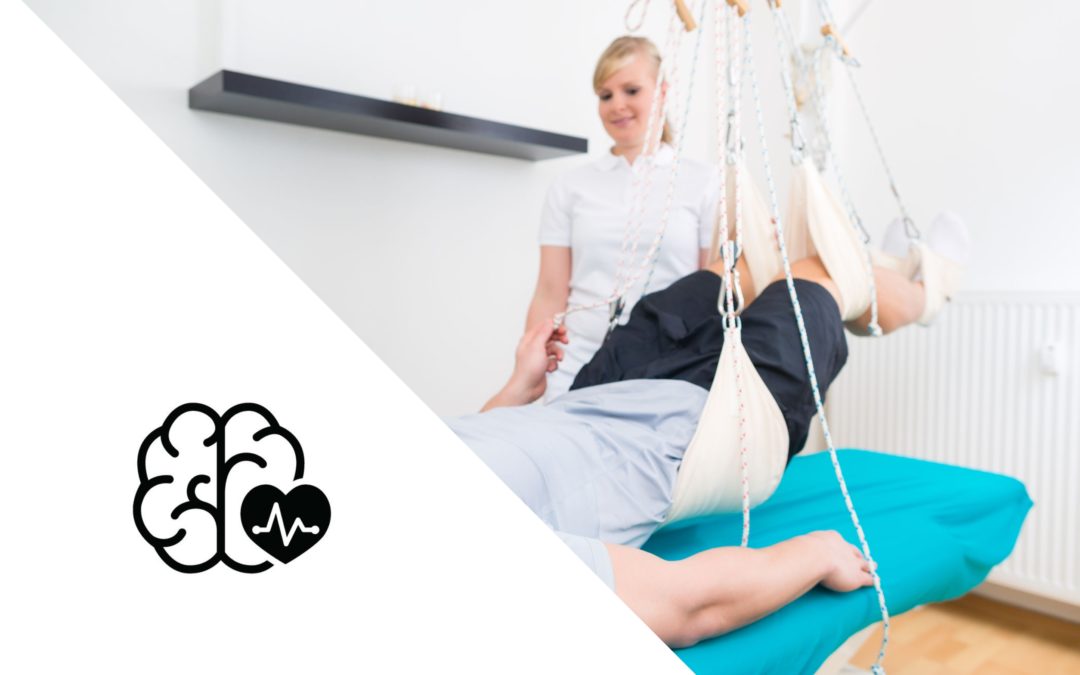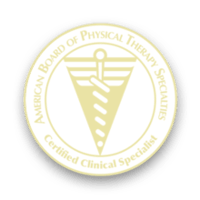Leg movement is critical when re-learning how to stand, transfer and walk. Therefore, most stroke survivors are eager to learn the leg exercises that will help the ULTIMATE goal, independence. If YOU are in this group, you may be thinking that you can just go to the gym, hire a trainer, and hit those machines. Right? Not exactly. Instead of calling this an “exercise” program, I would love to call this a muscle “re-learning” program. Yeah, I know. Exercise program sounds WAY cooler. So, for fear of losing “popularity”, we will stick with exercise program.
Regardless of what we call it, stroke recovery is about retraining the brain and creating new connections. Before reading this post, I recommend my post on neuroplasticity to gain better understanding of how the brain recovers after a stroke. When we think in terms of muscle re-learning, there are three key concepts that are critical to get the BEST result.
Repetition – this is not a leg exercise program in the traditional sense. If you are thinking in a traditional sense, you may think you can do “three sets of 10 repetitions”. At least that is what I would think if I thought about exercising. But that just won’t cut it. When you think of brain recovery, you need to think more in terms of time. You want to repeat a movement over and over again so the brain can connect with a movement.
Grading – grading an exercise is the degree of difficulty. If you ask the brain and the body to perform a movement that is way above and beyond what it is capable of, it will essentially “give up”. Still confused? imagine how you learned as a child (early human development) or how you teach your own children. If you give them a task that is too difficult, they may not try. Well, your brain is going through a similar (re)developmental process. Choose the best level of activity that is challenging but that you can perform successfully.
Forced use – Your brain and your body will naturally want to use what is working well to perform a task. This means that you will naturally try and use the unaffected side and thus “strengthen” the non-damaged side of the brain. When performing these exercises, use the effected arm and leg. Although this will not be easy, work really hard to move the arm and the leg effected by the stroke.
A stroke can cause a variety of different movement problems. Now that you know what it takes to “retrain the brain”, it is also important to know what type of leg problem you have.
What type of leg problem do you have?
The leg can take on to characteristics after a stroke. Spastic leg or flaccid leg. It is also very common to go through a phase where the leg is flaccid followed by a period where the leg is spastic. Why is this important? Strengthening a spastic leg requires a different progression than a leg that is flaccid. So, If you are anything like me, I know you want to jump down to the meat of this post (the exercises). However, I encourage you to learn what type of leg problem you have.
Spastic Leg
Spasticity is when there are muscles in the leg that are OVER-ACTIVE. This typically causes the foot to point, and the knee to seem like it locks out straight (involuntarily).
Exercise Goal – Regain normal joint movement (passive range of motion)
If you have spasticity, you have lost passive joint movement due to over-active muscles. It is important to regain normal joint movement and “turn off” these muscles BEFORE attempting the strengthening exercises. The best exercises to inhibit (stop) these muscles are the stretching exercises I have included in this post.
Flaccid Leg
In contrast, a flaccid leg is when the muscles are UNDER-ACTIVE. In this case, the leg seems limp and lifeless.
Exercise goal – RETRAIN THE BRAIN!
If you cannot move the leg at all, focus on the level 1 strengthening exercises. Remember, your brain is trying to learn. If you make the exercise to difficult, the brain can not re-learn normal active movement.
REPETITION! As I have stated in several of my posts, repetition is key. Once you can successfully perform a movement, do it over, and over, and over again.
What do you need to know BEFORE starting your leg exercise program?
Normal joint movement and inhibiting over-active muscles is critical before moving on to strengthening exercises. Why? if your calf muscle (muscle that points the foot down) is overactive it is near impossible to strengthen the muscles ankle dorsiflexors (muscles that lift the foot).
Of course, it is also important to consult your physician prior to starting, stop if you experience any pain with the exercises, AND this is only a general guide. Every person is different and therefore you must use your own judgement as to which exercise are appropriate.
Leg Exercises
Leg Exercises – Stretching
Stretching OVER-ACTIVE muscles is extremely important prior to strengthening exercises. The most common muscles that may be overactive following a stroke are the calf muscle (in the back of the lower leg), quadriceps (front of the thigh), and gluteus muscles (outside of the hip).
Ankle Stretch
It is also a great idea to stand on a foam wedge to get a little bit of a deeper stretch.
Here is a direct link to purchase a foam wedge
Hip and Knee Stretch
Leg Exercises – Strengthening
The most critical factors when choosing the most beneficial exercise is one in which you can maintain good form and successfully complete the movement. Therefore, the strengthening exercises have been divided into 3 levels, easy to advanced. Choose the level of exercise that is the most appropriate for YOU. This will give the brain the BEST opportunity to re-organize and heal.
Level 1 Leg Strengthening
Ankle
Knee
Hip
Level 2 Leg Strengthening
Ankle
Knee
Hip
Level 3 Leg Strengthening
Ankle
Knee
Hip
Ready for a little more of a challenge?
You can add resistance to make the exercises a little more challenging and build strength.
Theraband loops are a great way to add resistance to the hip exercises. I provide a video of one exercise where you can add the theraband loop. But the therapist loop can also be placed around the legs while performing the bridging exercise to really isolate the glutes.
Here is a direct link to purchase this product
AFFILIATE LINK DISCLAIMER: This site contains affiliate links and ads to purchase various products. When you click on links and ads to various merchants on this site and make a purchase, this can result in this site earning a commission. Affiliate programs and affiliations include, but are not limited to, the Amazon Associate Program.


















Hi, I’m from India. My son is 7years old and he’s suffering from SSPE disease from last 11
months. He’s on bed. His left arm and left leg is spastic and hyperactive too. Please help me if you can.
Wow! This is awesome for me to learn.
I will use it on myself and our children. We’ll give you feedback in intervals of 3, 6 and 9 months respectively.